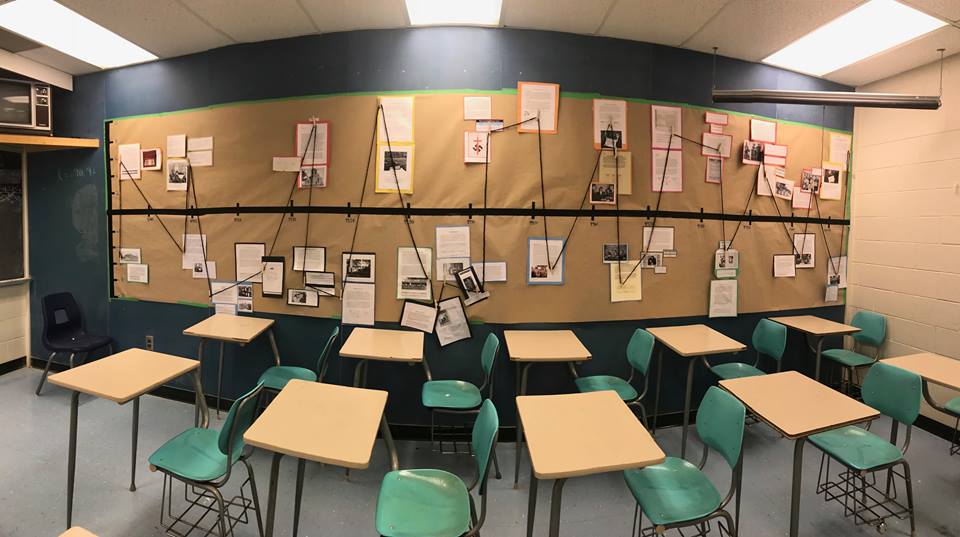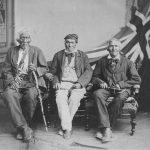
By Claudia Policarpo
“it is the mark of an educated man to be able to entertain a thought without accepting it”
Said Aristotle.
In 2009 I found my self (adjective) through several applications for teacher’s college. As much as I had prepared myself for this over the previous 4 years, in all the typical ways one does, volunteering, tutoring, working towards good GPA, I had not expected what I was reading in the application in front of me.
“Describe your social identity. How and why do you think [it] will influence your work as a teacher with groups of students who are diverse in their social identities?”
While I was working away at the ‘checklist of’ what I thought teachers colleges wanted from me, I hadn’t anticipated this. I thought long and hard, and in the end, the value of my answer was not in deciding how I identified myself, but rather how the process of doing so helped me grow. For me that process was one of inquiry. I wrote about how figuring out who I was and how I fit or didn’t fit into my community gave me a greater appreciation for the value of reflection and critical thought. These would most certainly be things I can share with my math students of course.
Its 2019. I am a teacher. A math and history teacher. This December I found myself preparing for my TPA and looking to choose a lesson that could be flexible. In all my years as a student I had never heard the words critical thinking in my history courses. Even with my students today, it seemed there was a general understanding that Math is for problem solving and History is about memorizing. Today our curriculum has a great emphasis on the historical thinking skills, and the older and wiser Ms. Policarpo now also knows critical analysis isn’t limited to math.
How fun would it be to merge to the two? After asking the students which topic of social justice they most wanted to learn about, I asked them the question: Is Canada a religiously tolerant country? They were divided right down the middle. Perfect! Students were assigned a decade from confederation to the present. They were to look for an example of either religious tolerance or intolerance from their decade, to support their vote. We used an average score given to the three criteria for historical significance to assign each event an overall HSS. From -10 to +10. Positive for cases of tolerance and negative for intolerance. My inner math nerd was having a field day! We graphed each event on an HSS vs Decade grid.
Students could now make connections and ask questions, challenge one another’s scores, justify their choices, they could re-vote, they could disagree. They could share their frustration in finding examples of tolerance post WWII, and either tolerance or intolerance before 1910. They could question why. And they did. They. Did. All. These. Things. And more.
They learned the value of analysis and critical thought is not just for mathematicians. But for historians too.
Claudia Policarpo is a History and Math Teacher in the Toronto DSistrict School Board


